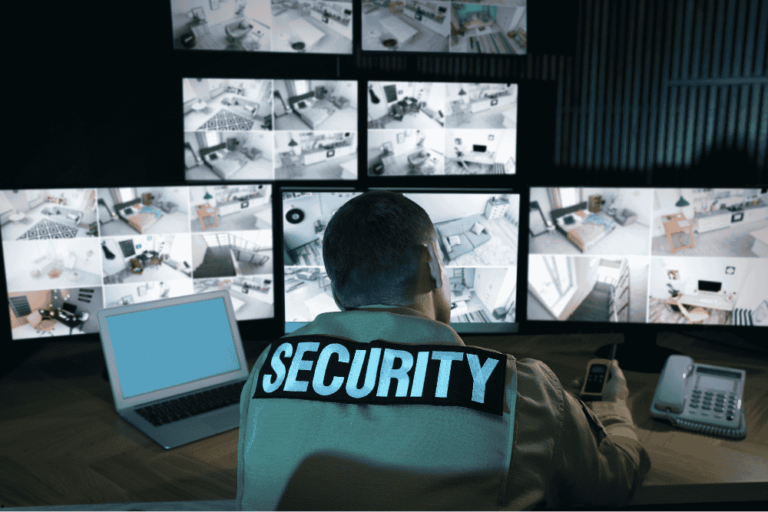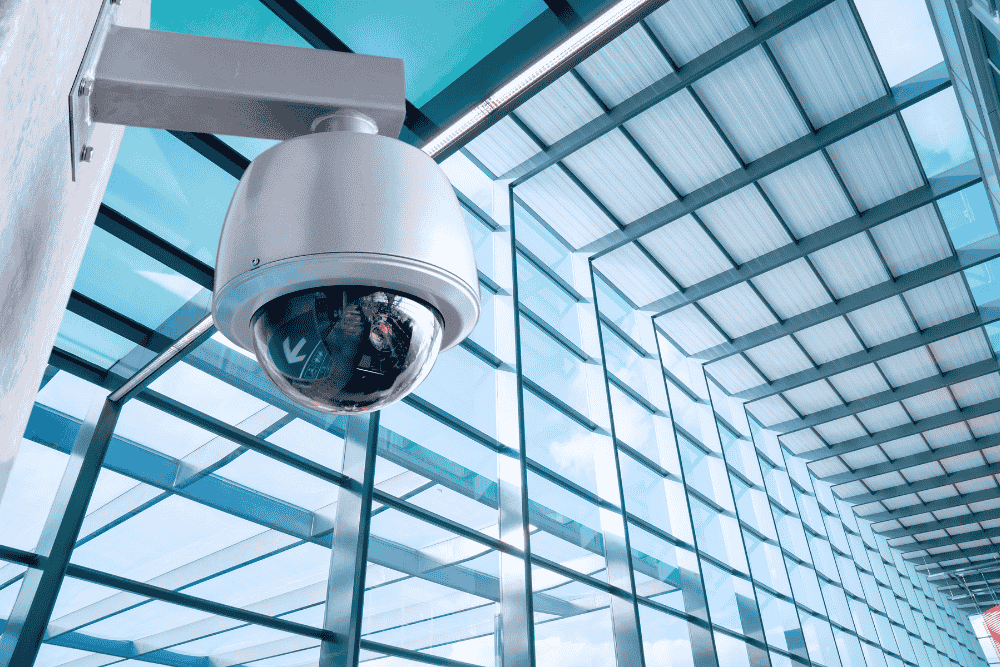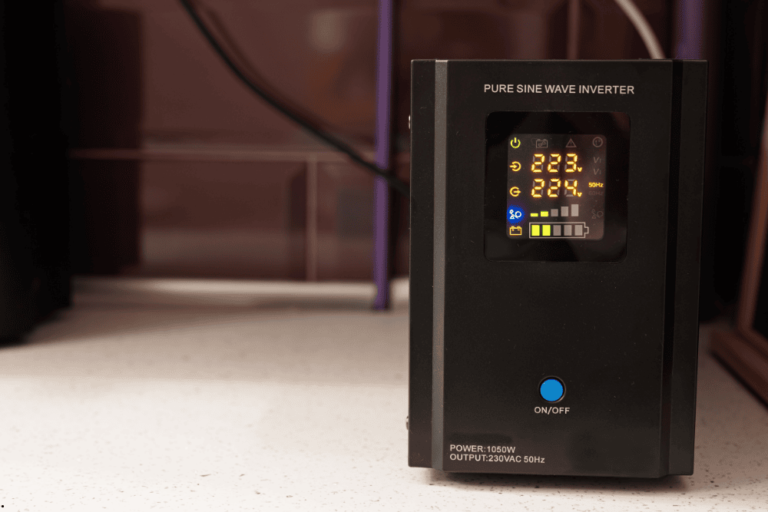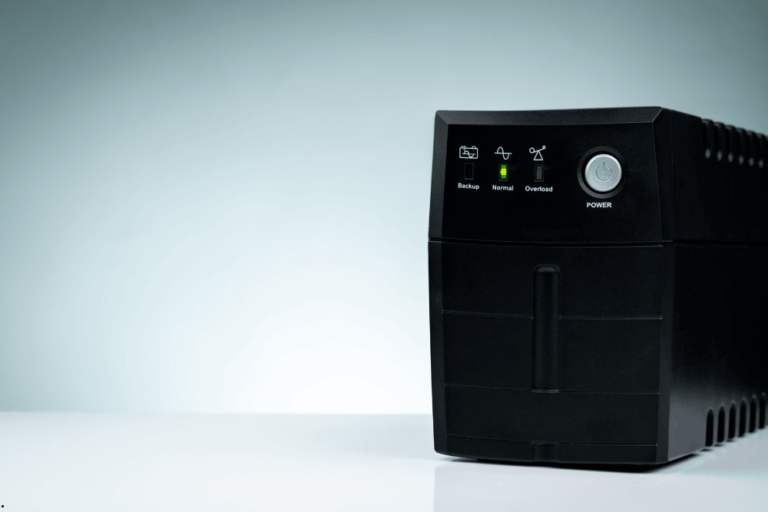

Best Home Surveillance Cameras Systems: A Comprehensive Guide to Selection and Installation
With rapid technological advancement, home surveillance camera systems have become an integral part of securing homes and ensuring family safety. Whether you own a large house or a small apartment, having high-quality surveillance cameras can provide peace of mind and prevent any attempts of theft or vandalism. These systems act as vigilant eyes, detecting any suspicious movement and recording everything happening around your home.
Statistics indicate that homes equipped with surveillance cameras are 50% less likely to be targeted by burglars compared to those without monitoring systems. Therefore, installing these systems is a necessary investment, not just a luxury. In this guide, we will provide you with everything you need to know about choosing the best home surveillance cameras, along with important tips for proper installation and maintenance to ensure optimal long-term performance.
The Importance of Home Surveillance Cameras
With rising crime rates and break-ins, the need for home surveillance systems has become unavoidable. These systems do more than just record events; they also serve as an effective deterrent that reduces the likelihood of incidents.
Additionally, surveillance cameras offer a way to monitor children or elderly family members inside the house, enhancing feelings of security and peace of mind. The recorded footage can also be used as legal evidence in case of any assault or security breach, making surveillance cameras a crucial legal tool as well.
From a commercial perspective, having surveillance cameras at home increases the property’s market value, as buyers prefer homes equipped with comprehensive security systems.
Types of Home Surveillance Cameras
When searching for home surveillance cameras, you will find multiple types, each with its own uses and features. It is essential to understand the differences to select the most suitable for your needs.
Indoor Cameras
Indoor cameras are designed to monitor activities inside the home. These cameras are usually compact and easy to install, making them an ideal choice for enclosed areas. Indoor cameras offer high image quality and support night vision, providing clear visibility even in low light conditions.
These cameras are mainly used to monitor rooms, children, and household staff. They can also be integrated with other systems like alarms to enhance the overall security system efficiency.
Outdoor Cameras
Outdoor cameras are built to withstand various weather conditions as they are water and dust resistant. They are typically installed in open areas such as entrances and gardens to monitor the external surroundings. These cameras have night vision capabilities using infrared technology, ensuring effective round-the-clock surveillance.
PTZ Cameras (Pan, Tilt, Zoom)
This type of camera allows remote control over the direction and angle of filming, with the ability to rotate horizontally or vertically and zoom in to cover finer details. PTZ cameras are commonly used in large homes or wide areas that require comprehensive monitoring.
How to Choose the Right System for Your Home
To ensure you get a camera system that meets your home’s needs, consider the following factors before purchasing:
-
Home size: The size of the home directly affects the number of cameras needed. If you have a large house with a garden, you will need multiple outdoor cameras. For an apartment, two or three cameras may suffice.
-
Image quality: It is recommended to choose cameras with a resolution of at least 1080p to ensure clear images and capture fine details.
-
Viewing angle: Select cameras with a wide viewing angle to cover the largest possible area, reducing the number of cameras required and saving costs.
-
Storage systems: Opt for systems that support both cloud storage and local storage to avoid losing recordings even in case of a malfunction.
-
Smart system integration: Some systems can connect to smartphones, allowing you to monitor your home from anywhere in the world.
Wired or Wireless? Which Is Better?
When considering installing surveillance cameras, the question arises whether to choose wired or wireless cameras. Each type has its advantages and disadvantages, outlined in the following comparison:
Installation Ease
-
Wired Cameras: Require complex installation and often need a specialist technician.
-
Wireless Cameras: Easy to install without professional help.
Stability & Reliability
-
Wired Cameras: Offer more stable connections and are less prone to interference.
-
Wireless Cameras: Can be affected by Wi-Fi signal strength and interference.
Cost
-
Wired Cameras: Generally higher due to the cost of cables and installation.
-
Wireless Cameras: Usually lower cost and easier to maintain.
Flexibility
-
Wired Cameras: Limited by cable length and fixed locations.
-
Wireless Cameras: Easily moved between different locations as needed.
If you want a more reliable system for continuous monitoring, wired cameras might be the better choice. If you prefer flexibility and easy installation, wireless cameras are a practical and effective option.
Conclusion
Choosing and installing home surveillance cameras is a necessary step to ensure the protection of your property and family. By understanding the different types and comparing their pros and cons, you can make an informed decision that provides maximum security.


